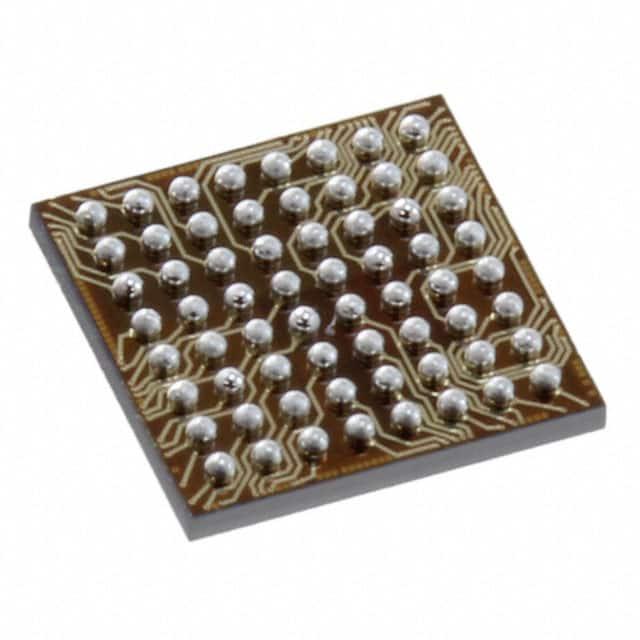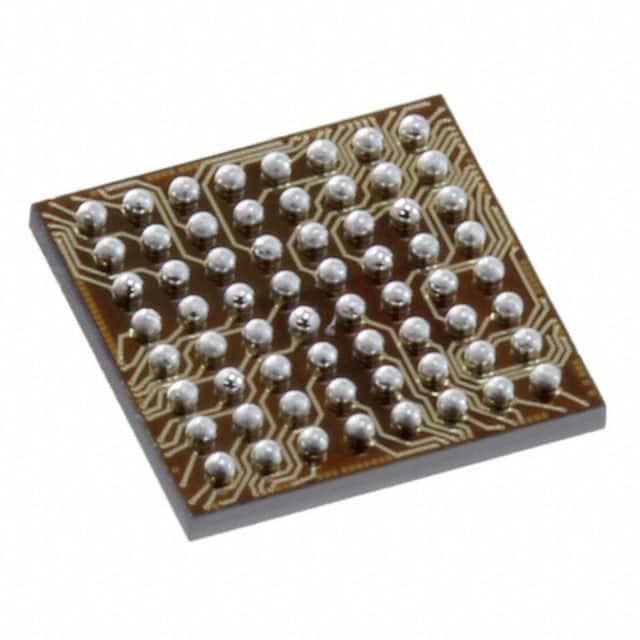| Specification of STM32H7B3VIT6Q | |
|---|---|
| Status | Active |
| Series | STM32H7 |
| Package | Tray |
| Supplier | STMicroelectronics |
| Digi-Key Programmable | Not Verified |
| Core Processor | ARM Cortex-M7 |
| Core Size | 32-Bit Single-Core |
| Speed | 280MHz |
| Connectivity | Camera, CANbus, EBI/EMI, HDMI-CEC, IC, IrDA, LINbus, MDIO, MMC/SD/SDIO, PSSI, SAI, SPDIF, SPI, SWPMI, UART/USART, USB OTG |
| Peripherals | Brown-out Detect/Reset, DMA, IS, LCD, POR, PWM, WDT |
| Number of I/O | 80 |
| Program Memory Size | 2MB (2M x 8) |
| Program Memory Type | FLASH |
| EEPROM Size | – |
| RAM Size | 1.4M x 8 |
| Voltage – Supply (Vcc/Vdd) | 1.62V ~ 3.6V |
| Data Converters | A/D 16x16b; D/A 3x12b |
| Oscillator Type | Internal |
| Operating Temperature | -40C ~ 85C (TA) |
| Mounting Type | Surface Mount |
| Package / Case | 100-LQFP |
| Supplier Device Package | 100-LQFP (14×14) |
Applications
The STM32H7B3VIT6Q microcontroller is ideal for applications requiring high performance and low power consumption. It excels in automotive systems where it can manage complex control algorithms under stringent environmental conditions, such as extreme temperatures from -40¡ãC to +125¡ãC.
In industrial automation, its robustness and precision make it suitable for machinery control and monitoring tasks. For example, it can be used in robotic arms that require precise positioning and high-speed processing capabilities.
Consumer electronics benefit from its advanced features, particularly in smart home devices like smart thermostats and security cameras, where it can handle multiple sensors and provide reliable operation.
Medical equipment also leverages the STM32H7B3VIT6Q due to its ability to process critical data quickly and accurately, ensuring patient safety and system reliability.
The microcontroller supports various communication protocols, making it versatile for IoT applications where seamless connectivity between devices is crucial.
Key Advantages
1. High-performance ARM Cortex-M7 core clocked up to 480 MHz.
2. Integrated hardware cryptography engine for secure data processing.
3. Excellent energy efficiency with a typical active mode current of 90 ¦ÌA/MHz at 168 MHz.
4. Meets automotive safety standards such as ISO 26262 ASIL D.
FAQ
Q1: Can the STM32H7B3VIT6Q operate effectively in environments with wide temperature ranges?
A1: Yes, the STM32H7B3VIT6Q is designed to operate within a wide temperature range (-40¡ãC to +125¡ãC), making it suitable for harsh environments found in automotive and industrial settings.
Q2: Is the STM32H7B3VIT6Q compatible with existing STM32 ecosystem tools and software?
A2: The STM32H7B3VIT6Q is fully compatible with the STM32 ecosystem, allowing users to leverage existing development tools, libraries, and software without significant modifications.
Q3: What development tools are recommended for STM32H7B3VIT6Q projects?
A3: We recommend using Keil MDK-ARM for C/C++ development and ST-LINK/V2-1 for debugging and programming. Additionally, the STM32CubeMX tool is highly recommended for generating initial project configurations.
Other people’s search terms
– STM32H7B3VIT6Q applications
– STM32H7B3VIT6Q key advantages
– STM32H7B3VIT6Q FAQ
– STM32H7B3VIT6Q development tools
– STM32H7B3VIT6Q certification standards








